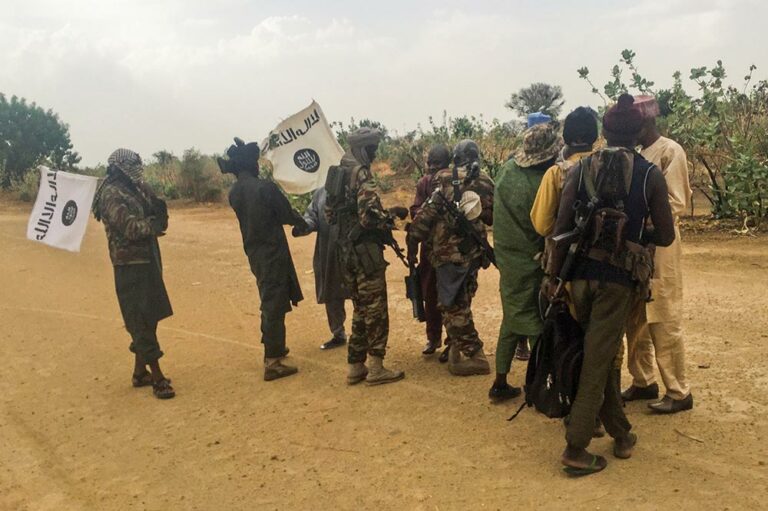Understanding violence in all of its variety has occupied social scientists for some time now. In this attempt various explanations have been put forth, such as social control theory, rational choice theory, cultural theories, and economic theories.
Around the world, violence seems to have changed and intensified, or to at least have become more exaggerated. Violent political acts now play an increasingly ubiquitous role in human relations at all levels. According to sociologist Douglas Massey,
“As a species, we are programmed to pay close attention to violent and threatening events. In the natural world, violence is rare—but when it occurs our brains instantly tune in. Fear inducing stimuli proceed directly to the amygdala and unleash a variety of somatic and emotional reactions that focus our attention and put us on a high alert before our rational brain has a chance to act…. Even though our rational brain may quickly discern that there is no particular threat, the chemicals released into the blood stream (e.g. adrenaline) persist for some time and yield extended feelings of excitation and arousal…”
Virtually all media outlets, from the entertainment industry to the news industry and the Internet routinely attract audiences by focusing on violence. It is no wonder that the expression of violence has become the modus operandi for individuals and groups who wish to attract attention to themselves. As Birol Akgün states, speaking of the recent political unrest in places like Turkey and Brazil, says,
“There is a serious upsurge in global acts of violence in a time when people were expected to use more “peaceful and civilized” methods. The world is in the grip of a new and hysteric wave of violence and instability from the Occupy movement to widespread street movements that destroyed the post-colonial order in the Arab world…”
It is perhaps the expectation of more peaceful and civilized methods of conflict resolution that focusses inordinate attention on contemporary acts of violence—audiences are shocked and appalled—but attracted nonetheless to these representations of barbarity. The failure to comprehend these acts of violence, on the part of witnesses and audiences alike has given rise to the use of the term senseless violence on the part of many observers, both in the media and governmental accusations. A more nuanced perspective is required.
As Larry Ray points out, “Yet many acts of extreme violence occur in response to apparently minor incidents and violence nearly always has ´sense´, that is, social meaning to both perpetrators and victims.”
Victims of violence are not usually chosen randomly and if the violence is not the result of mental illness, then the timing and nature of the actions will have meaning. The fact that an act of violence appears to be or is represented as senseless does not make it so. Interpreting the meaning of the violent act requires sociological analysis.








Senseless Violence? Conflict, Violence and the Subject